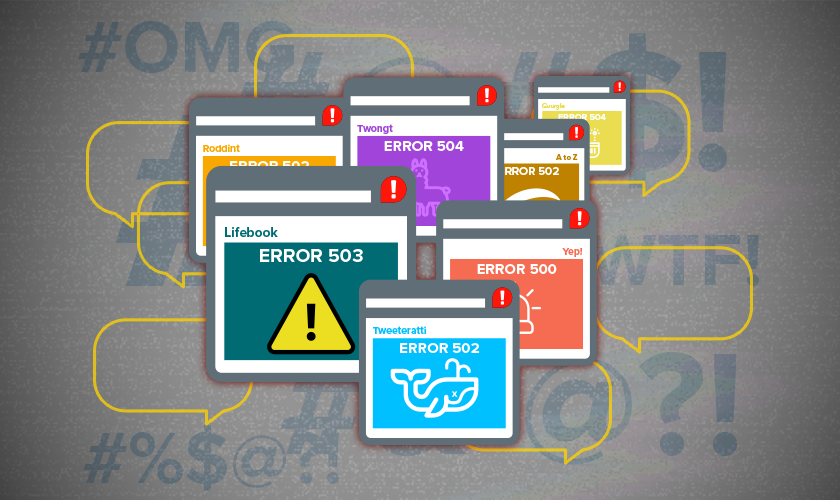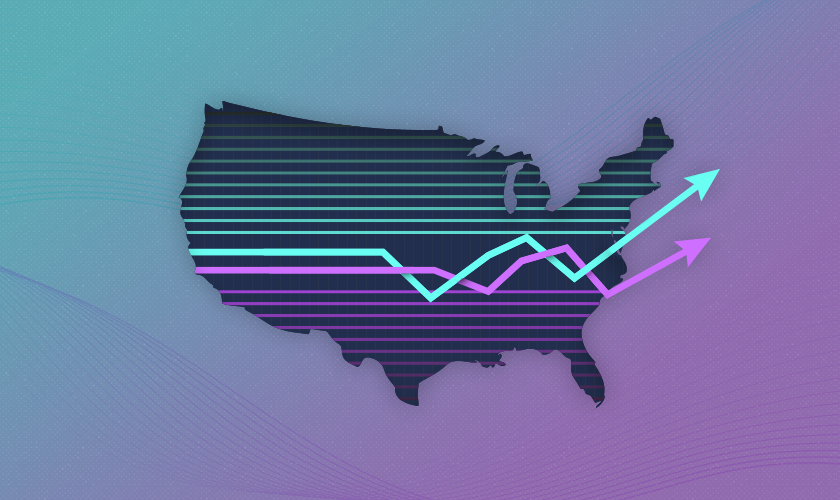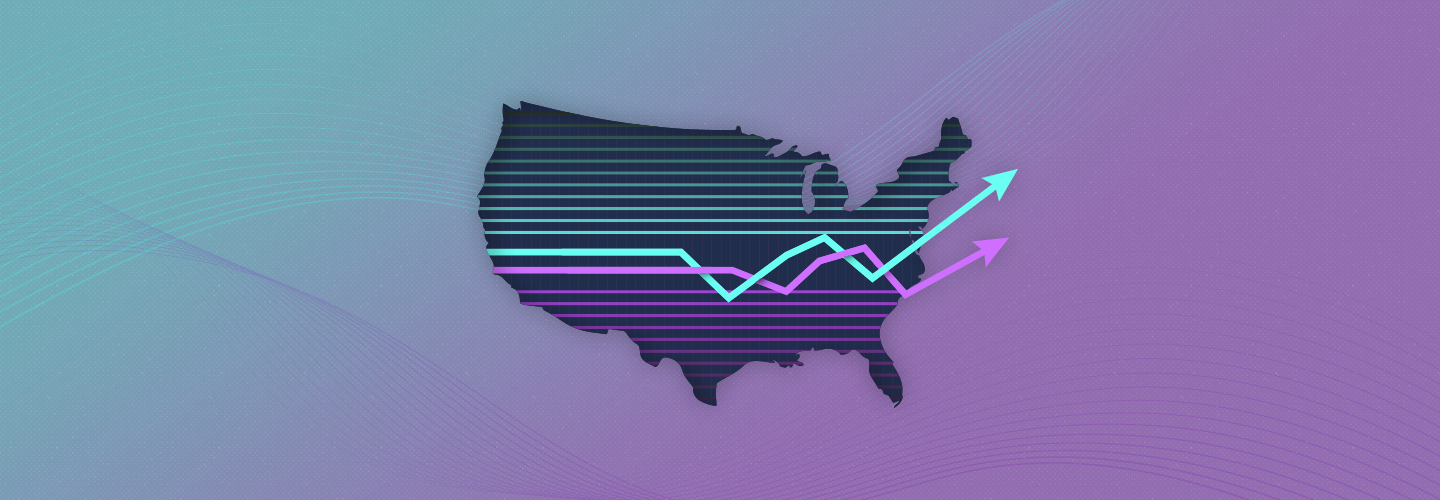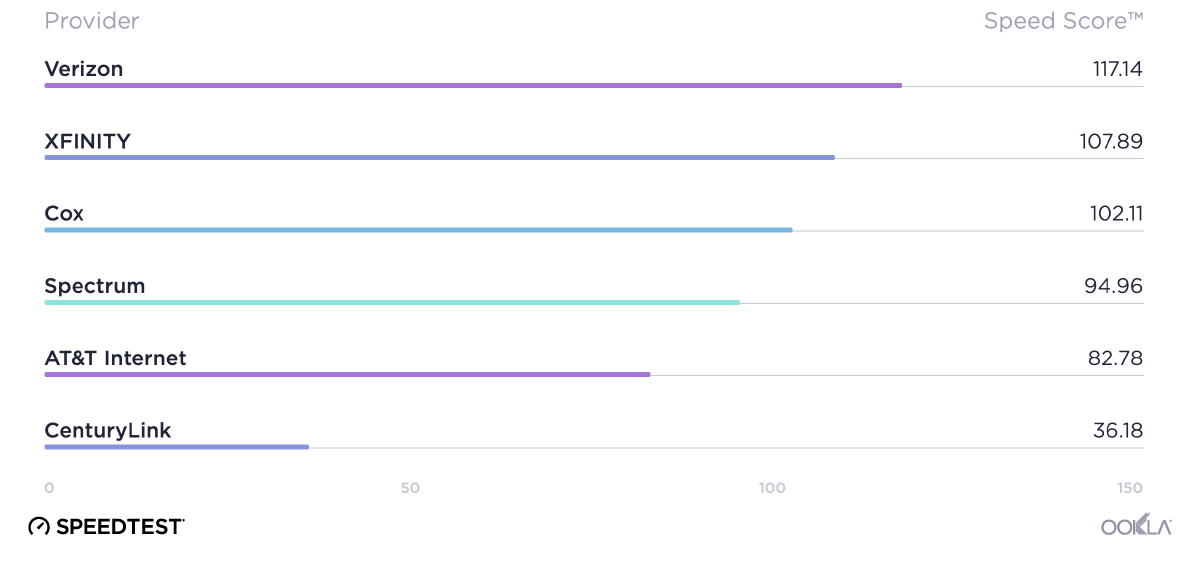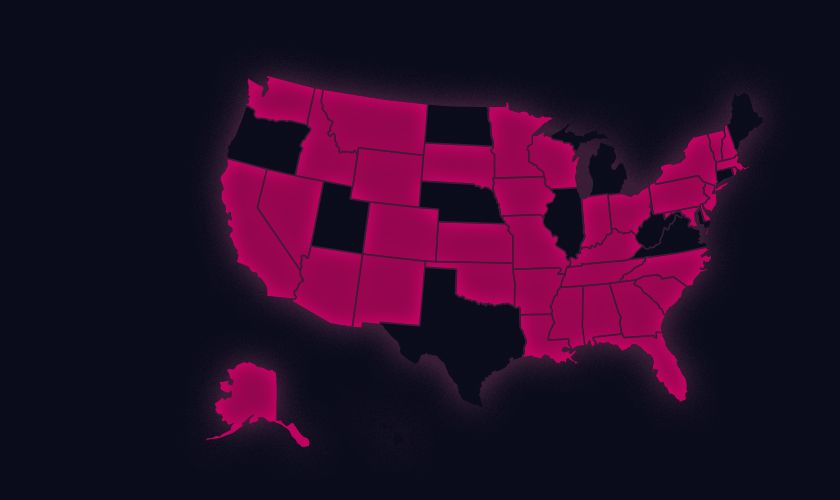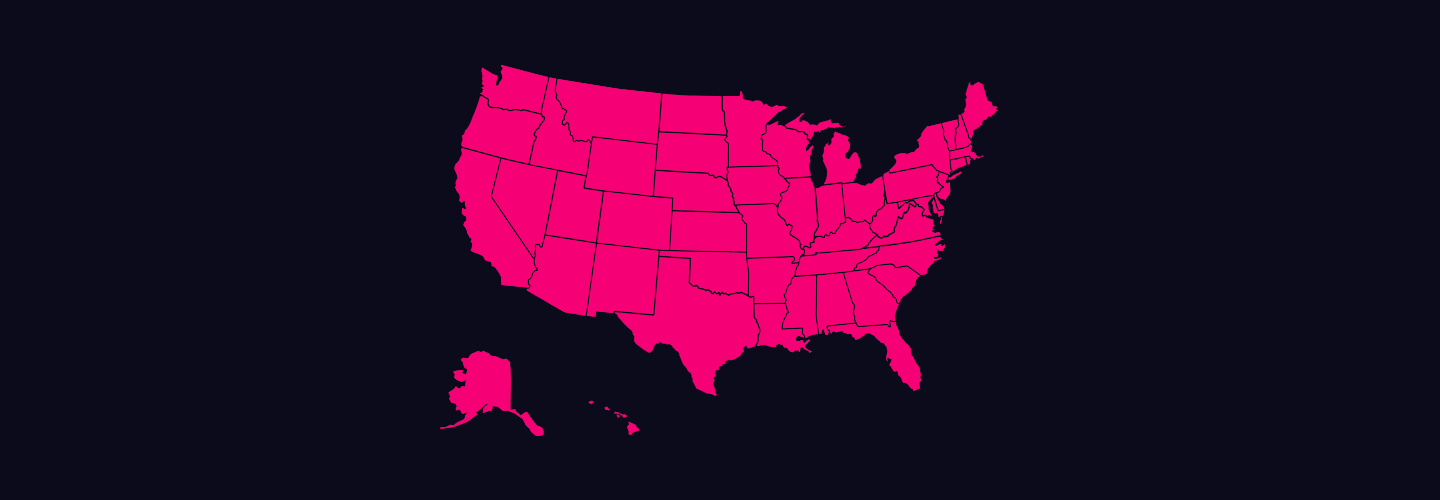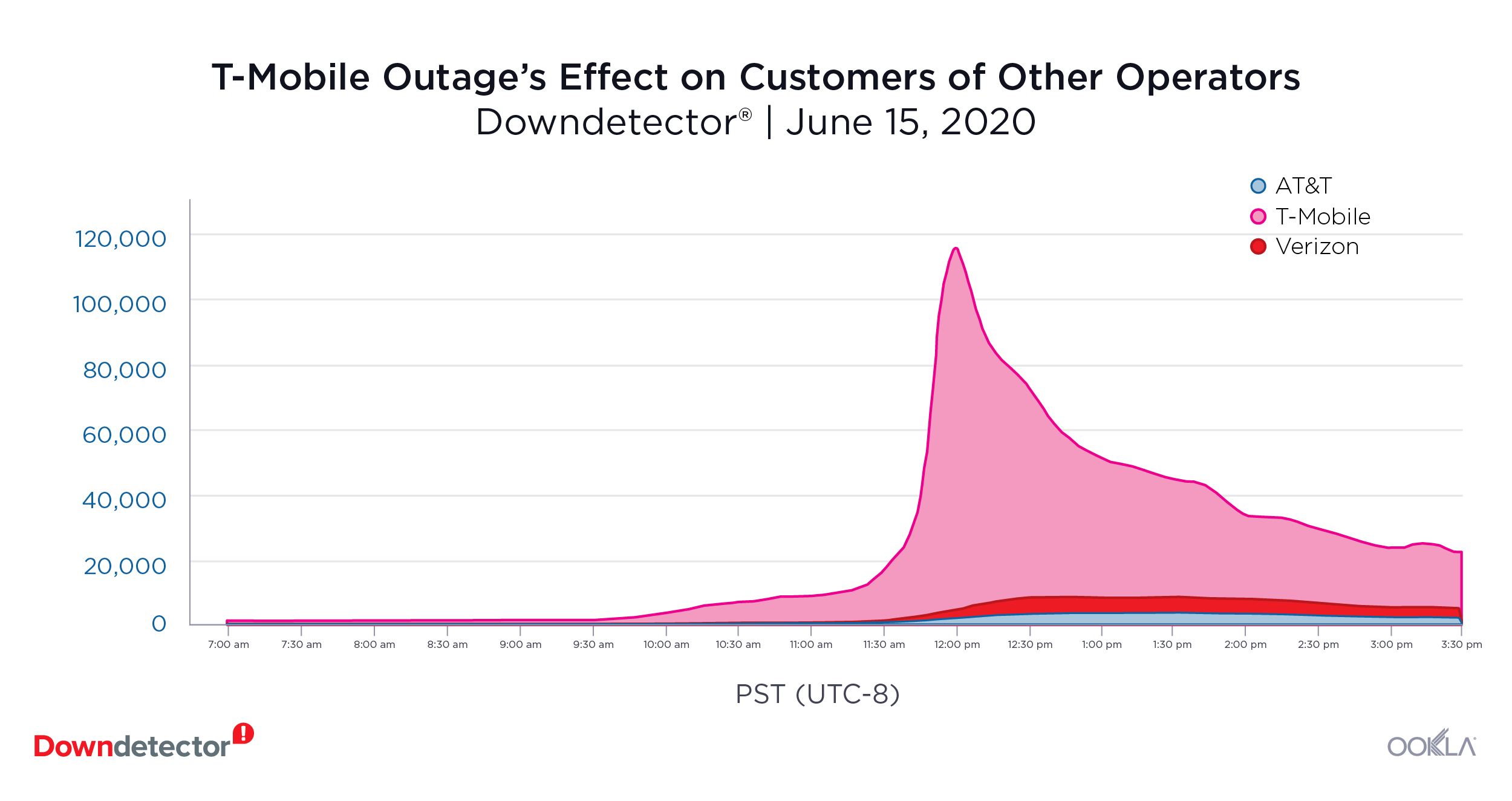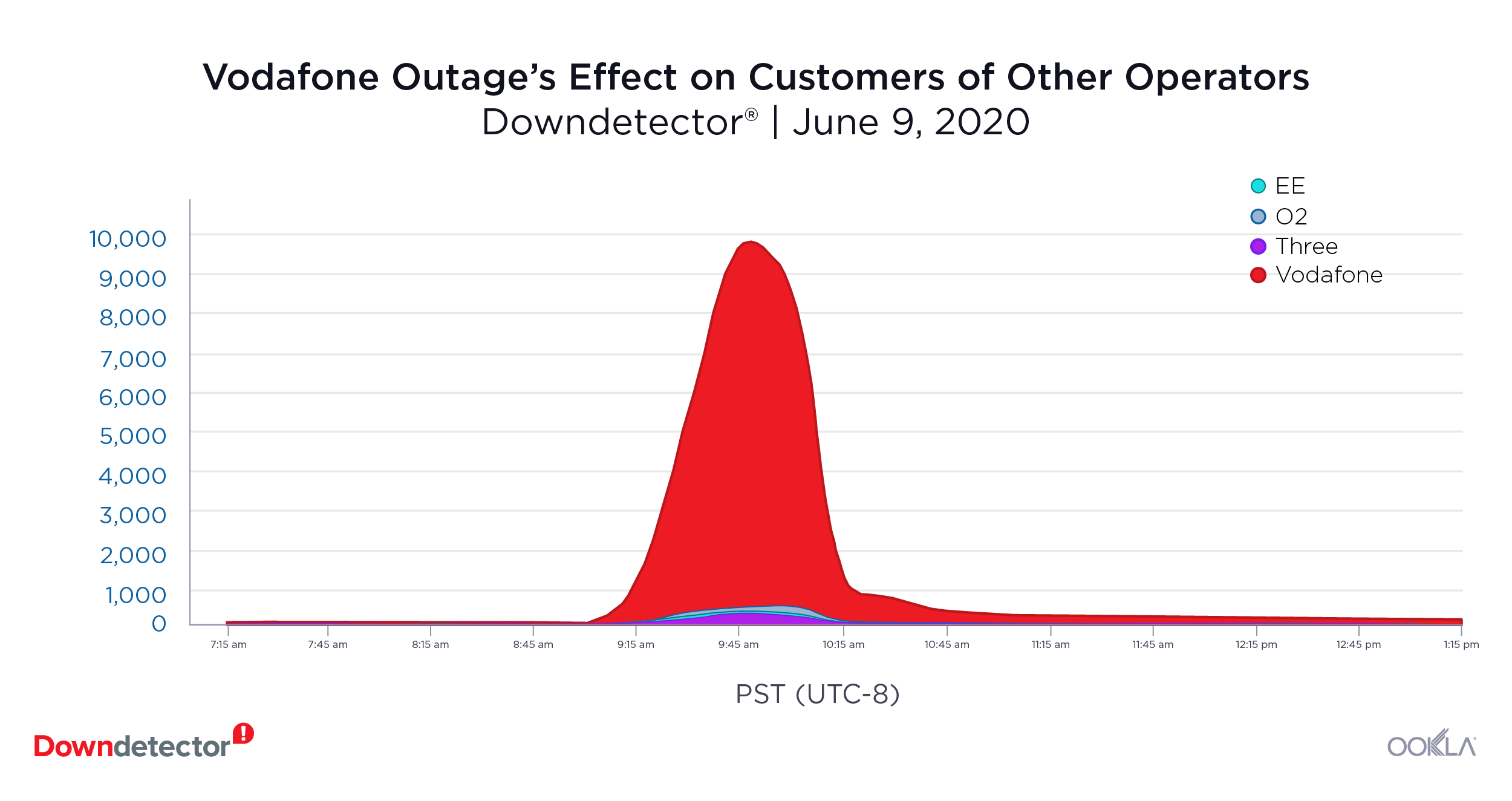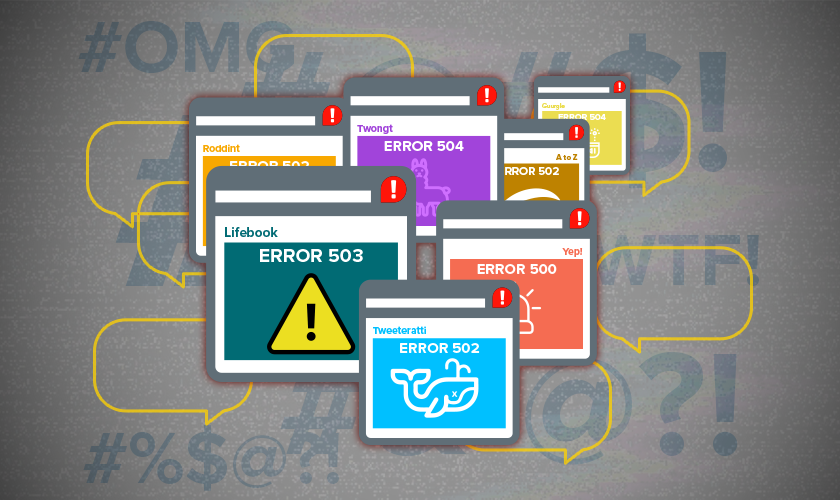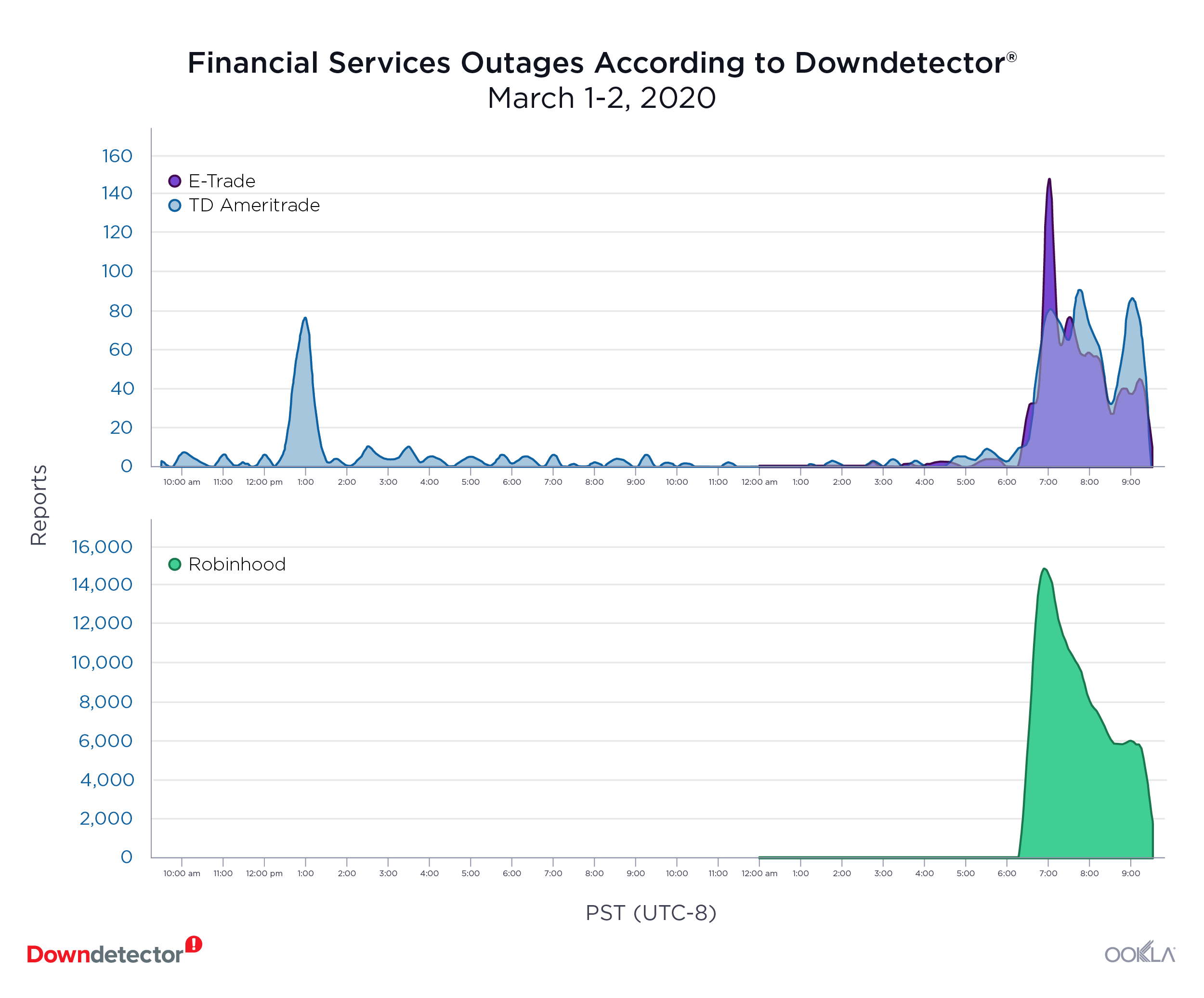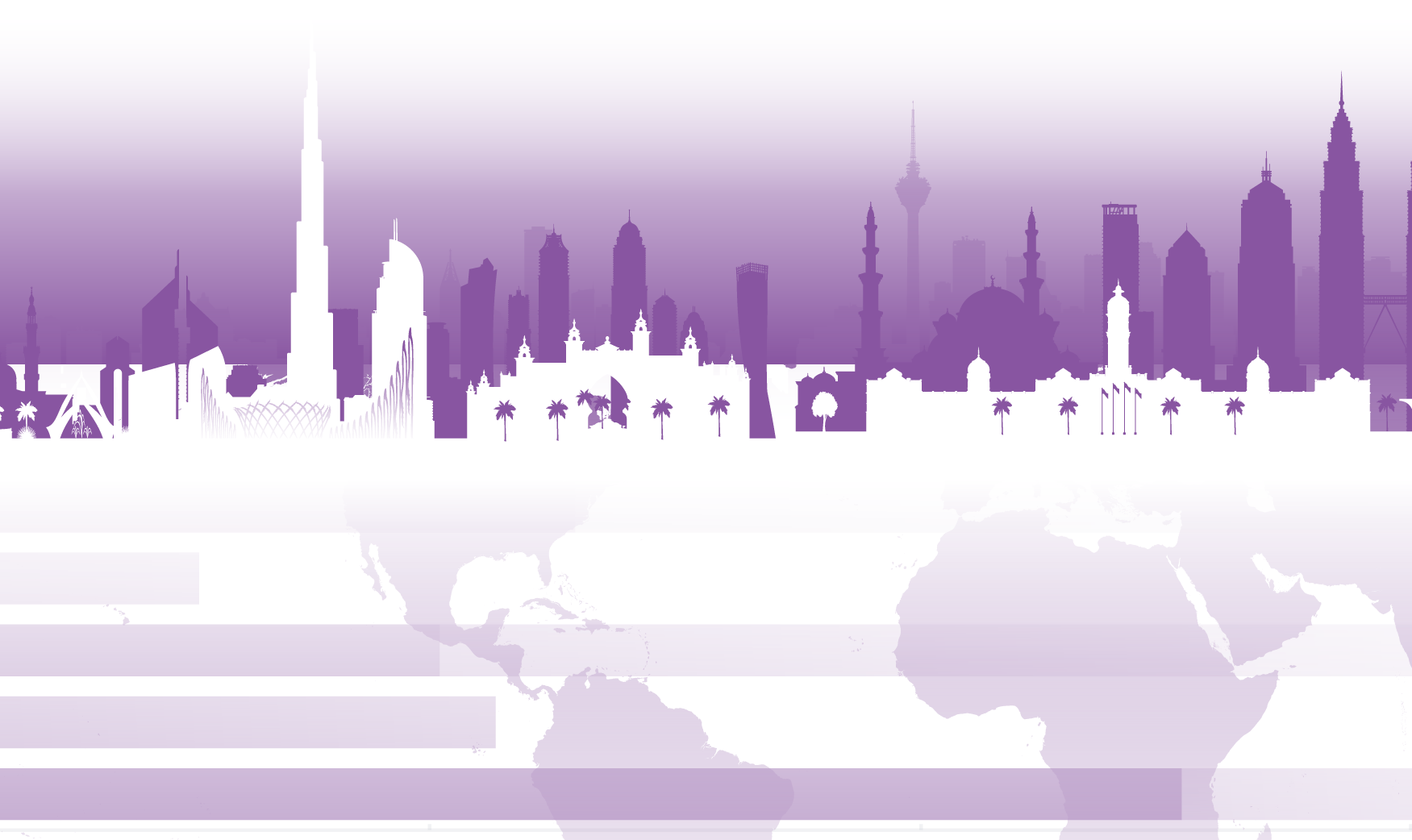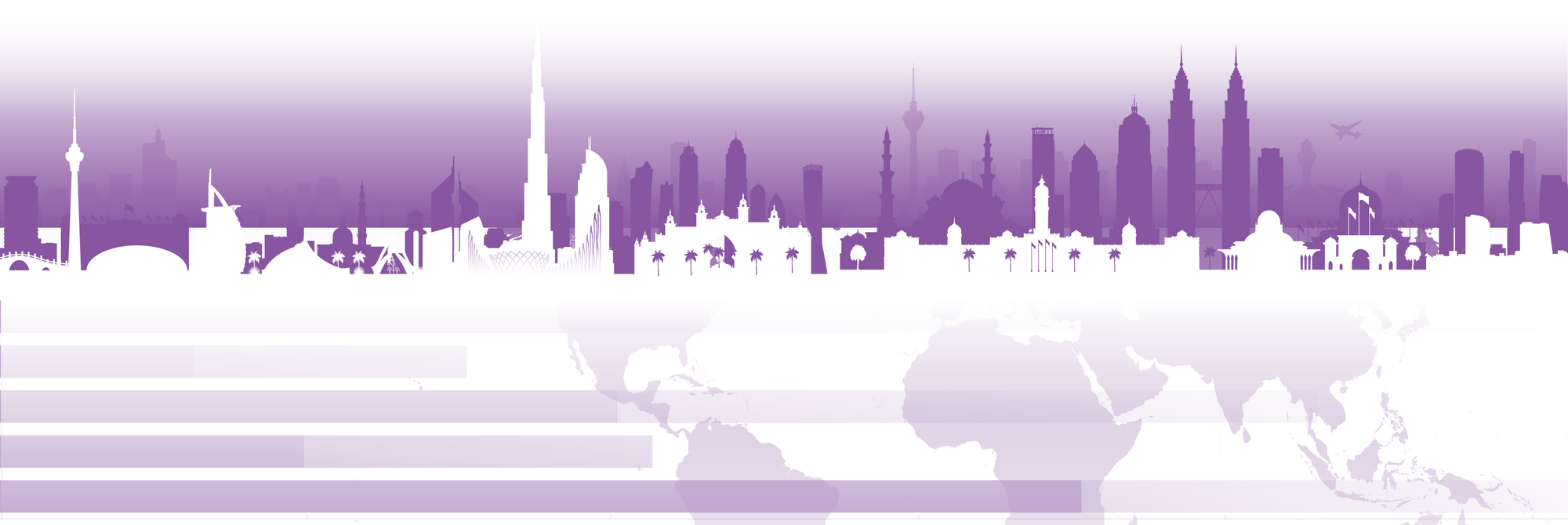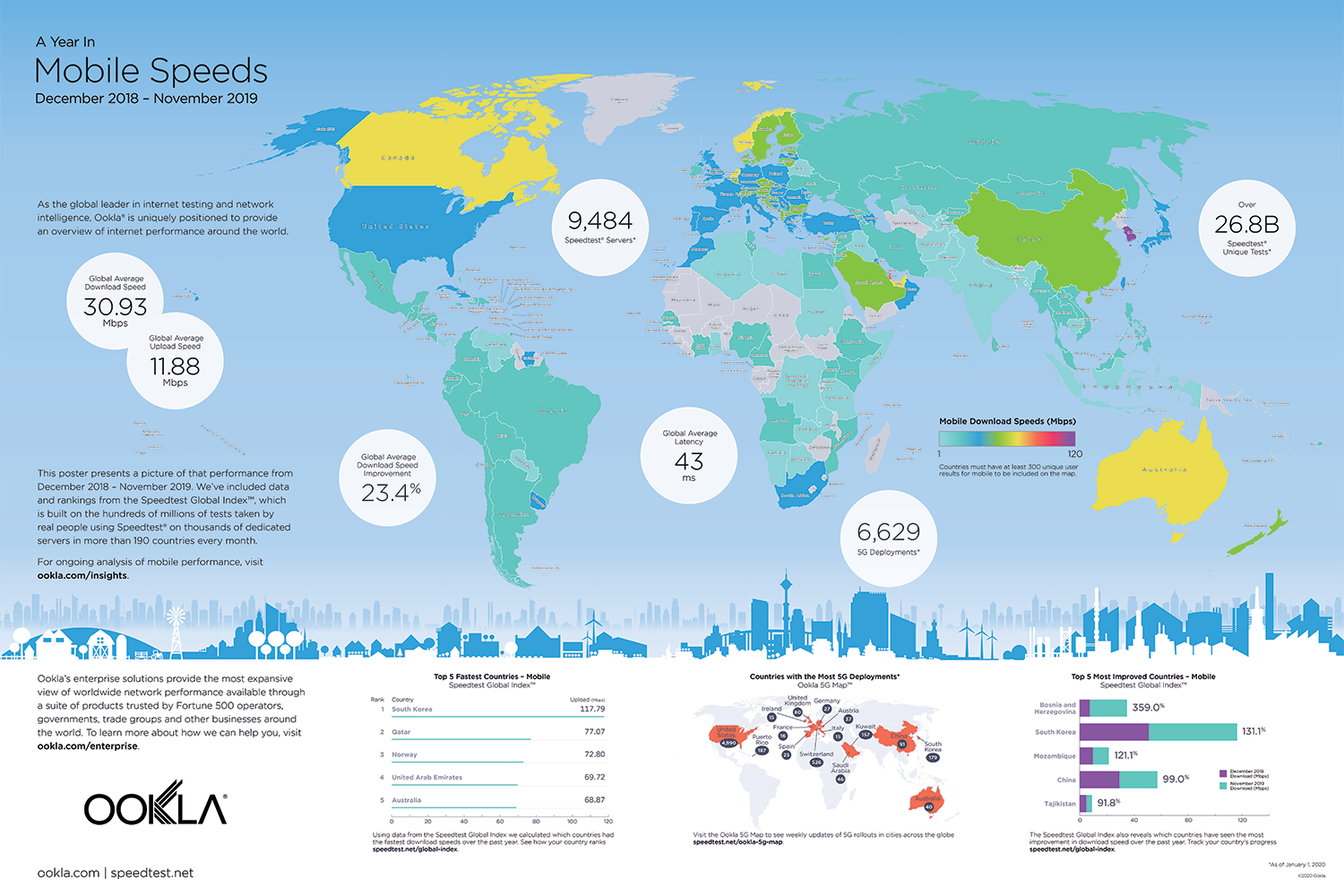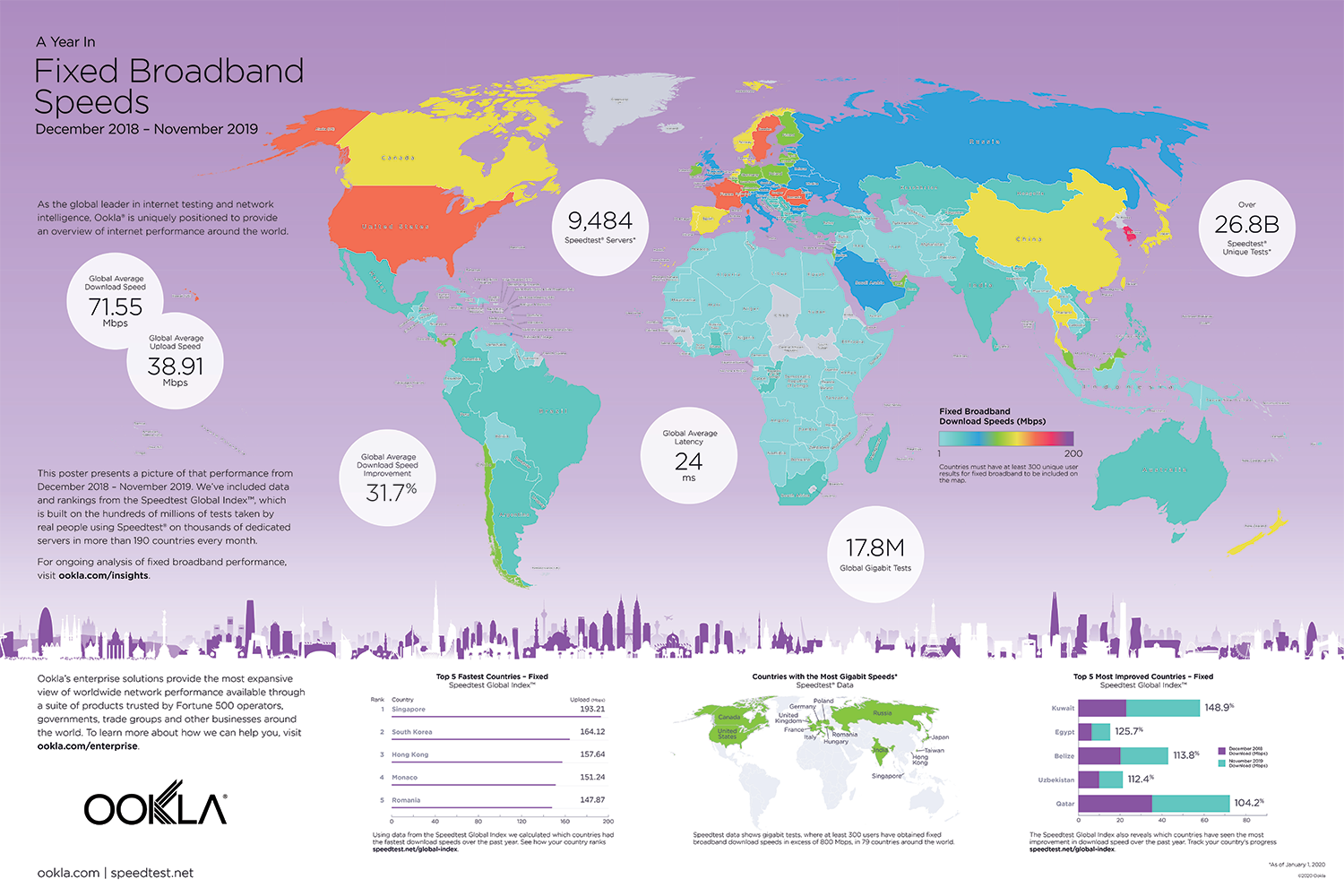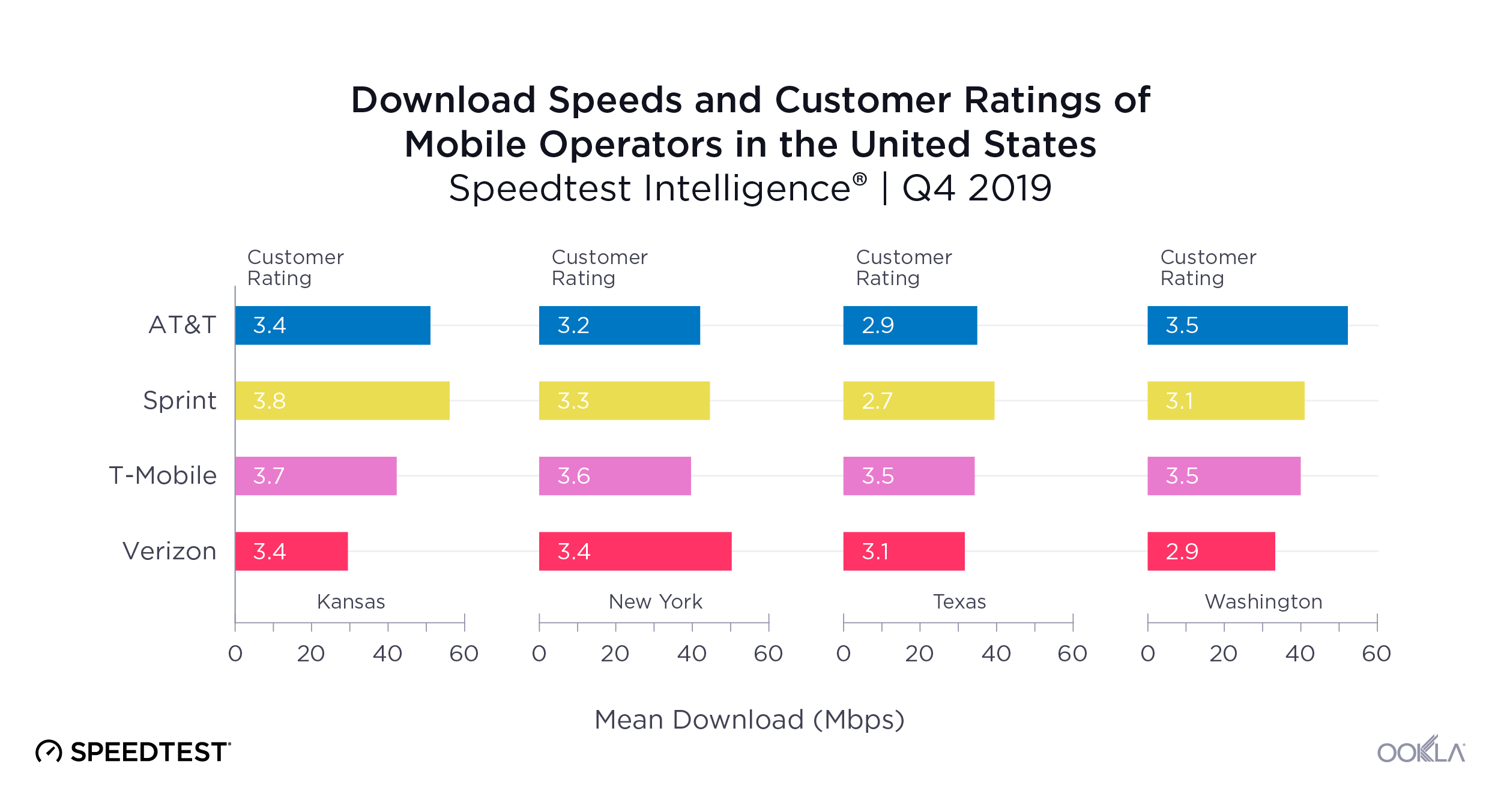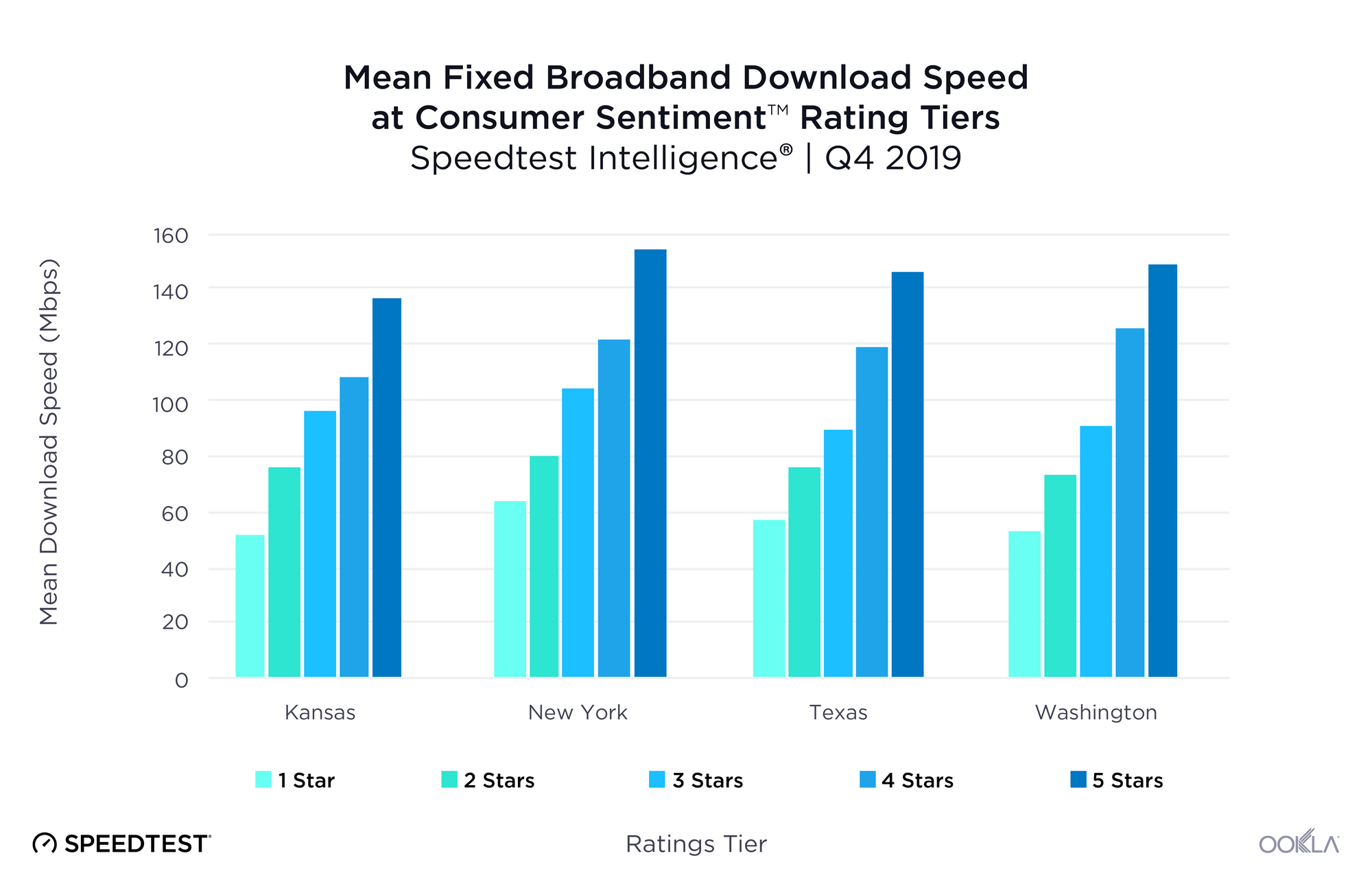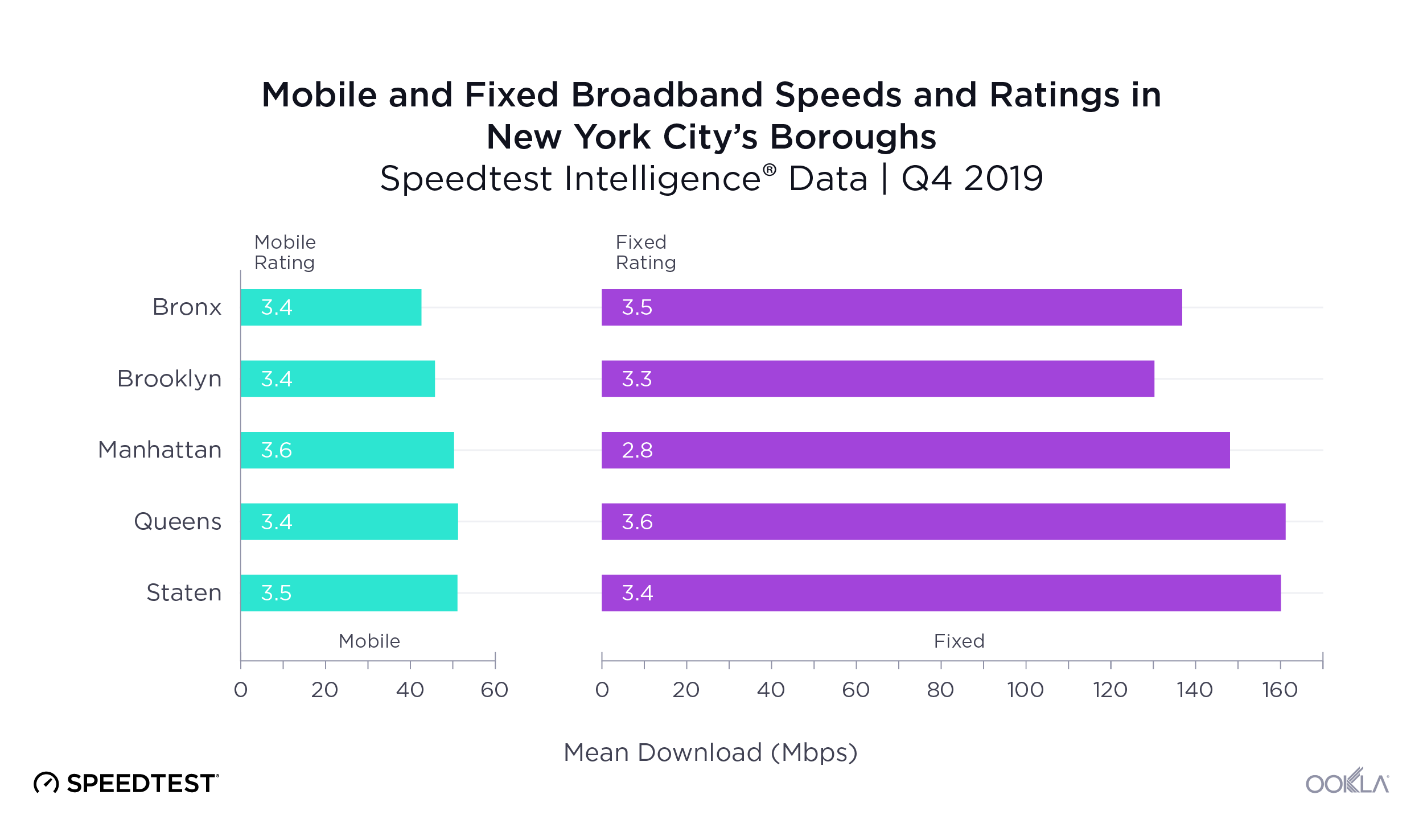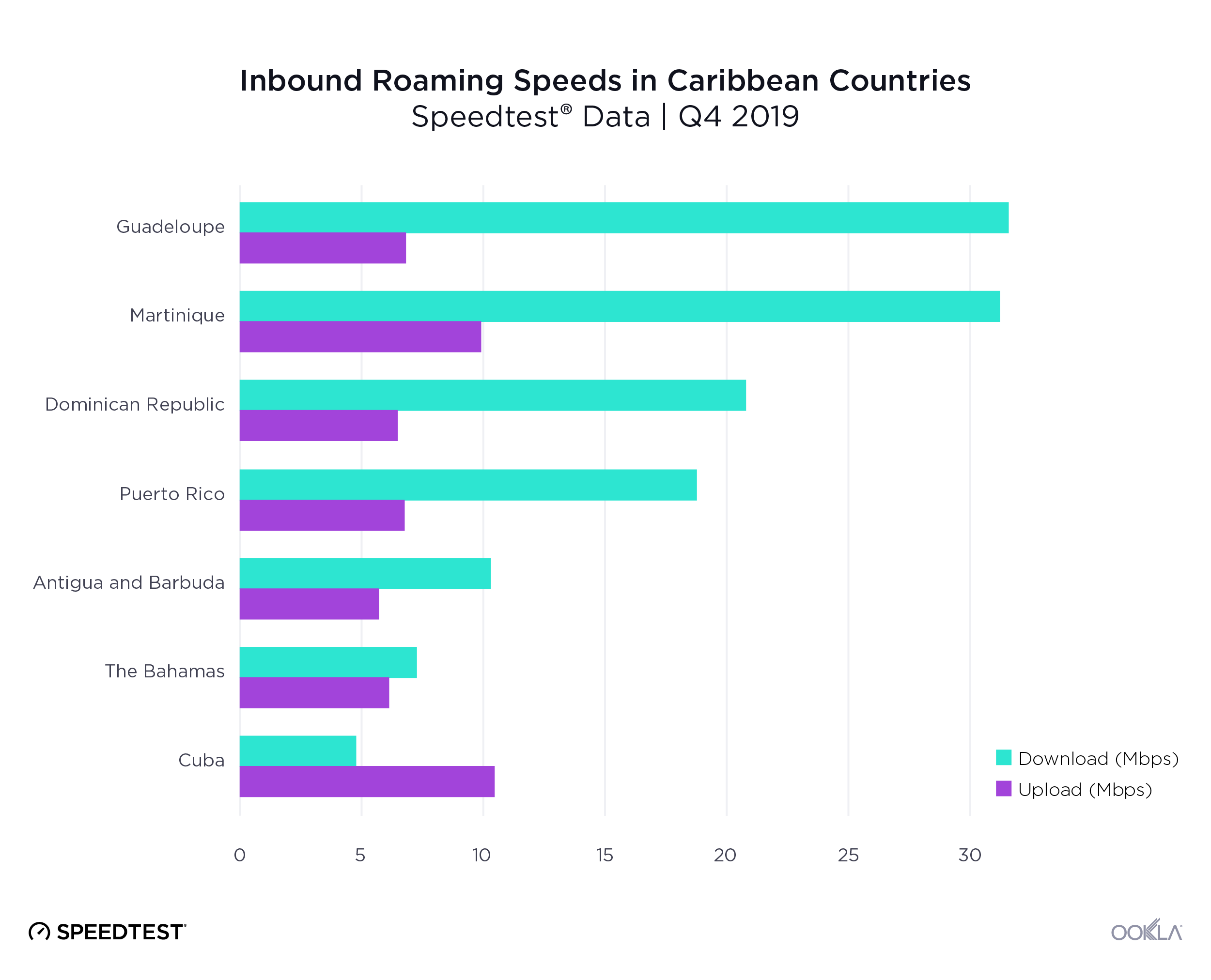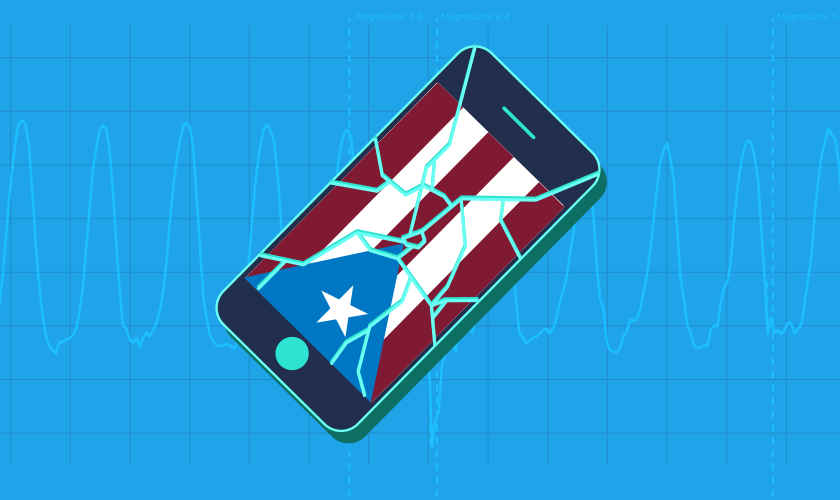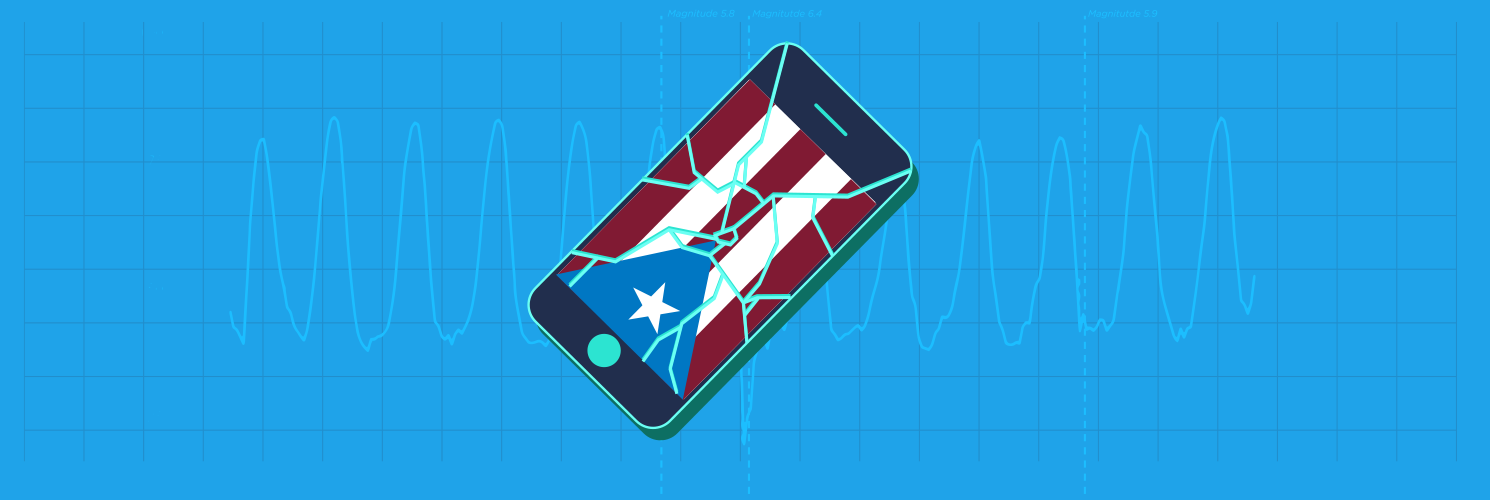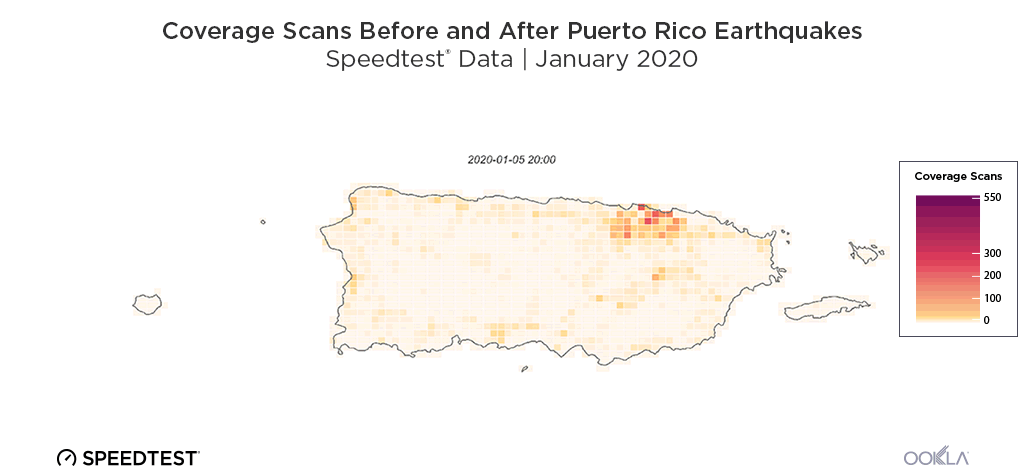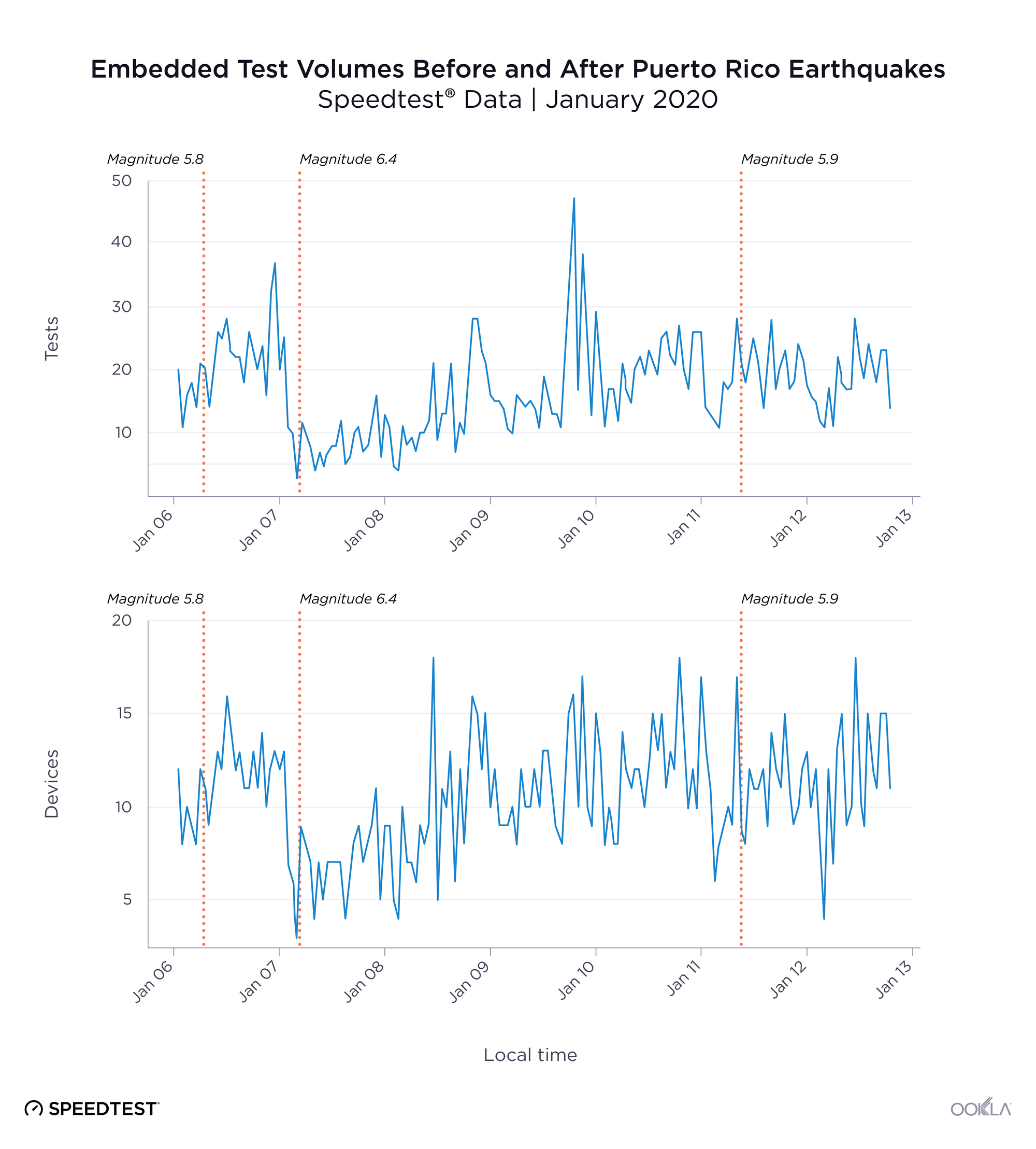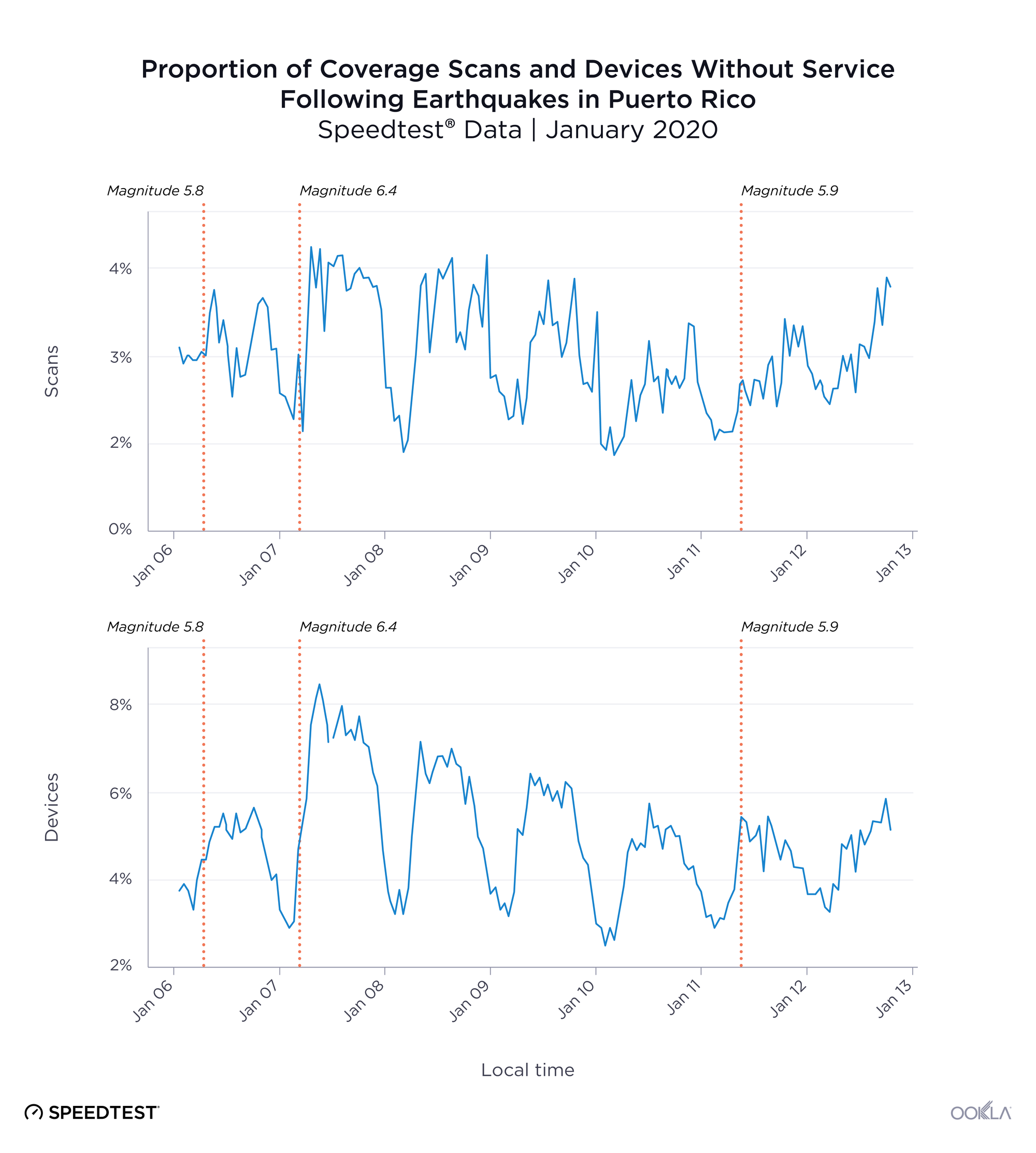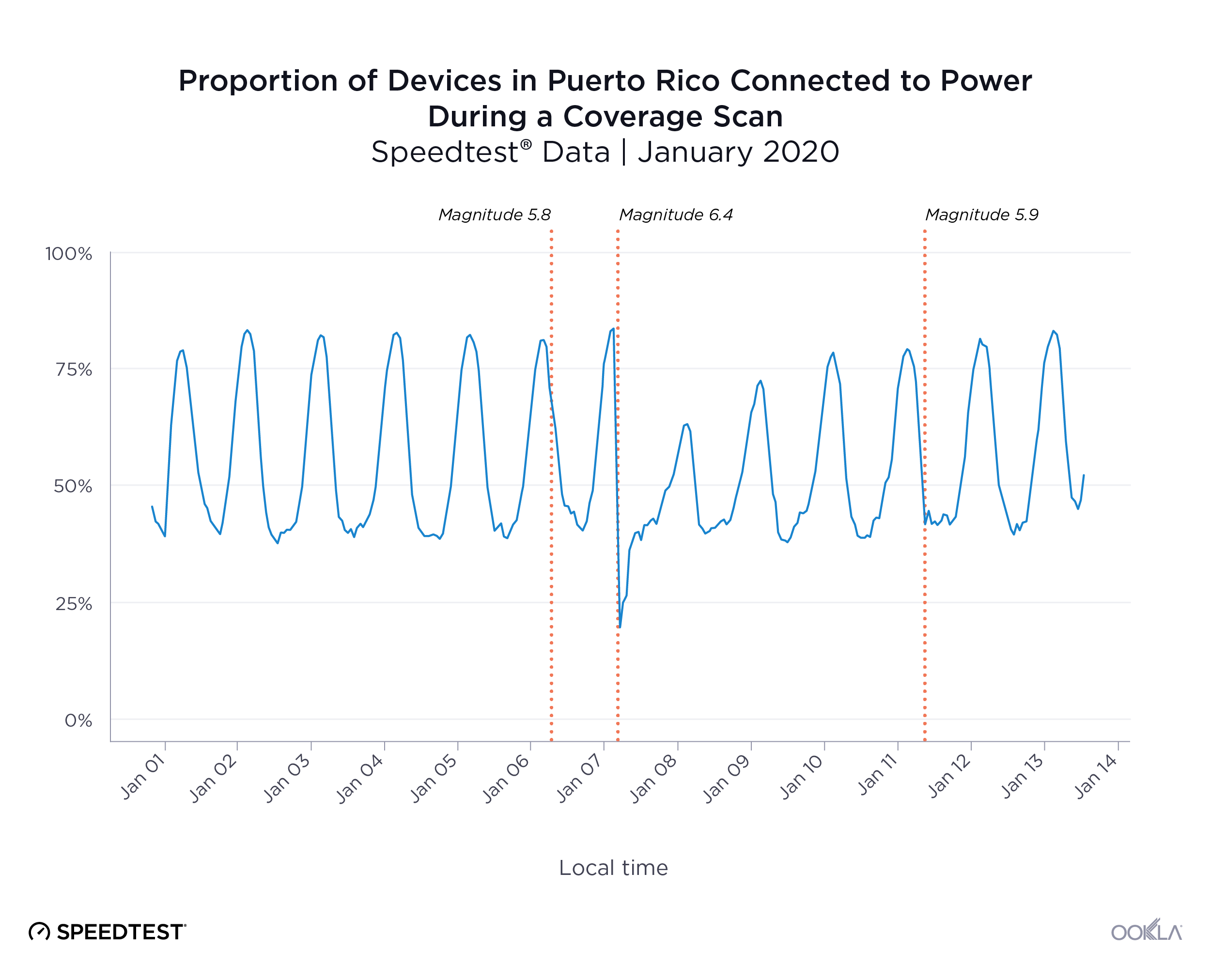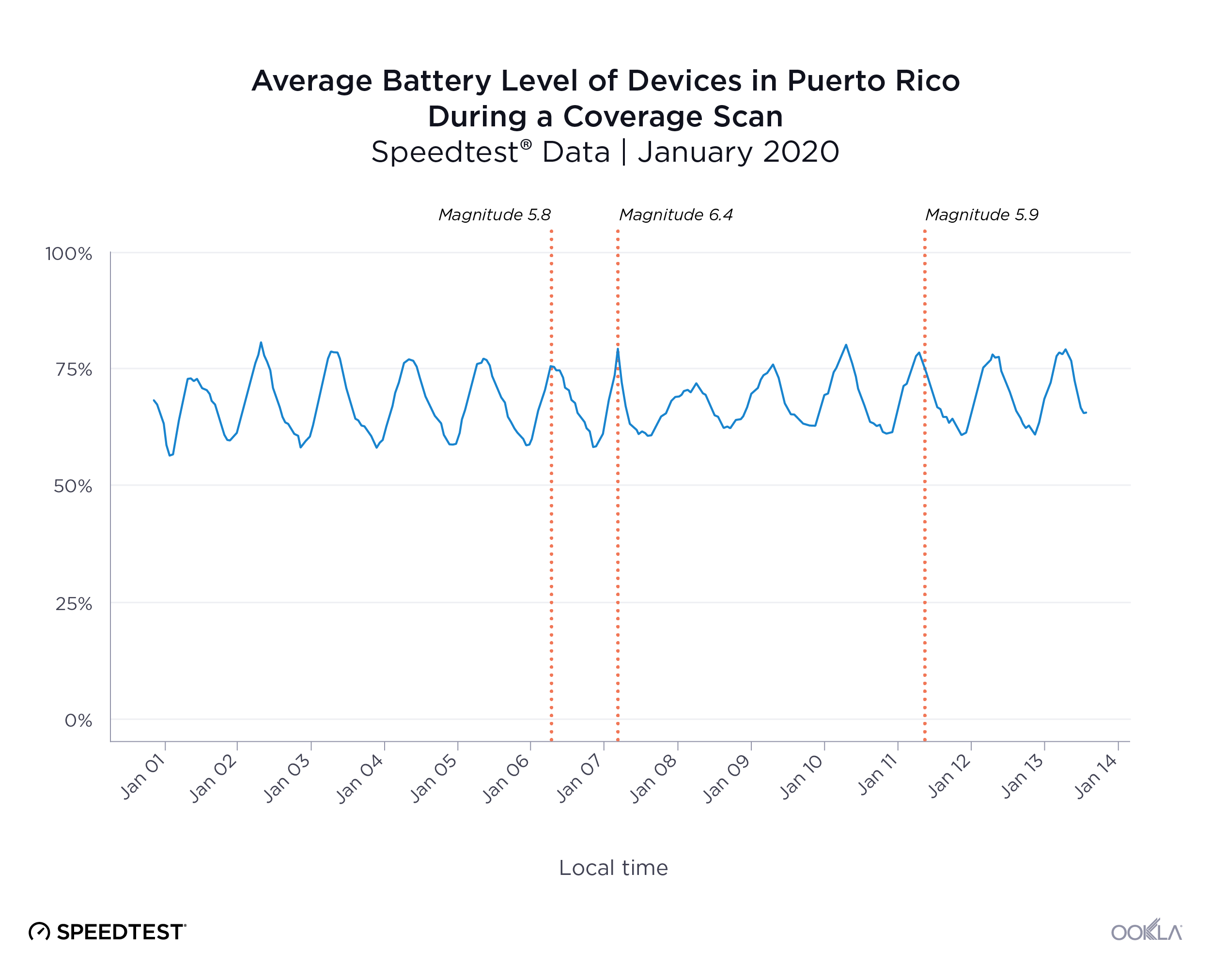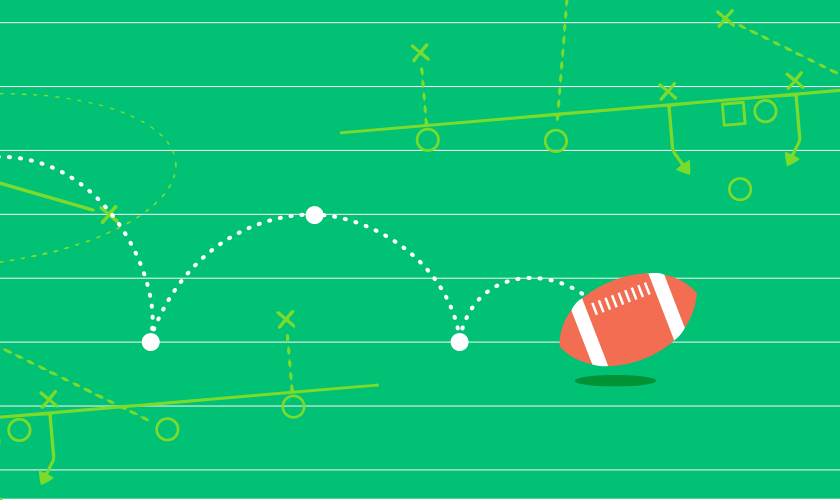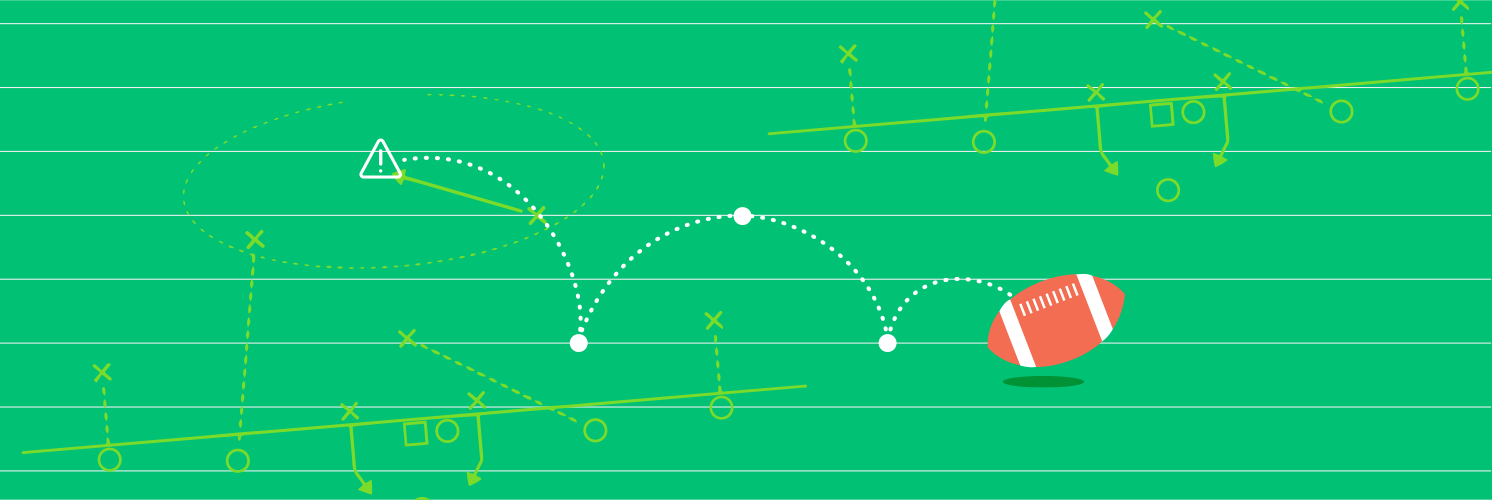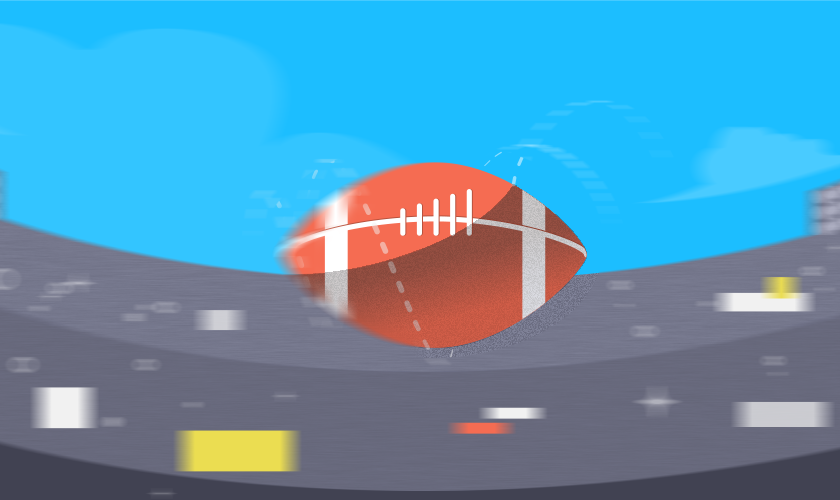

More than 65,000 people watched the Kansas City Chiefs beat the San Francisco 49ers live at the Hard Rock Stadium in Miami yesterday. All those fans on their phones sharing the halftime experience with folks back home used massive amounts of data as they livestreamed and posted to social media. Every year this event presents a major challenge to mobile operators who this year added 5G to the mix. We’re here to report on which operator had the fastest speeds and the lowest latency on game day and what indoor coverage looked like in the Miami area.

Mobile operators had their game face on
This is no ordinary sporting event, and operators have been working for many months on their playbooks for providing the best possible performance at Hard Rock Stadium. Highlights include:
Verizon Wireless’s download speeds beat out competitors’
We compared the big four U.S. mobile operators from two hours prior to kick-off to 30 minutes after the game ended to see who won. Here’s what we saw:
| Operator |
Mean Download Speed (Mbps) |
Mean Upload Speed (Mbps) |
Latency (ms) |
| Verizon Wireless |
297.18 |
9.81 |
59 |
| T-Mobile |
121.93 |
30.34 |
34 |
| Sprint |
114.93 |
6.20 |
51 |
| AT&T |
103.68 |
8.38 |
46 |
Sprint’s home team might have won the game, but Verizon triumphed when it came to mobile download speeds, coming in 143.7% faster than second-place T-Mobile when considering Speedtest® results over all technologies. Sprint had the third fastest mean download speed in this category and AT&T came in fourth.
Focusing on their 5G game really helped Verizon take the day when considering overall speeds as T-Mobile had the fastest mean download speed (66.35 Mbps) on LTE. Sprint was second on LTE with a mean download speed of 56.16 Mbps, AT&T third at 39.18 Mbps and Verizon fourth at 30.67 Mbps. We break out 5G speeds for each operator below.
T-Mobile’s mean upload speed over all technologies was far better than competitors’. Upload speed is especially important at big events like this as fans try to share their game day experience with those not in the stadium.
T-Mobile also had the lowest latency, coming in 26.0% faster than second-place AT&T. Sprint was third for latency and Verizon fourth.
For comparison, the mean download speed over mobile in the U.S. in January 2020 was 41.23 Mbps, upload was 10.55 Mbps and latency was 46 ms.
5G for the win
5G is the biggest story in mobile these days, and all four operators came prepared to deliver their best game to customers with 5G-capable phones and compete for bragging rights during this high profile event.
| Operator |
5G Download Speed (Mbps) |
5G Upload Speed (Mbps) |
5G Latency (ms) |
| Verizon Wireless |
646.17 |
9.86 |
91 |
| T-Mobile |
348.33 |
28.89 |
32 |
| Sprint |
225.78 |
15.39 |
15 |
Verizon easily beat T-Mobile and Sprint when it came to mean download speed over 5G during the big game. Verizon came in last, however, for both mean upload speed over 5G and latency. T-Mobile showed the fastest mean upload speed over 5G and Sprint had the best latency on 5G. While we did see 5G Speedtest results for AT&T during the game, there were fewer than 10, the minimum threshold we set for this event.
Hard Rock Stadium Wi-Fi was a viable option
In 2019, fans at Mercedes-Benz Stadium in Atlanta used over 24 TB of data on the stadium Wi-Fi network on game day with an average Wi-Fi download speed of 30.98 Mbps. To get a baseline on the Miami experience, we looked at Wi-Fi performance during the Bengals v. Dolphins matchup on December 22, 2019.
Mean Download Speed (Mbps)Mean Upload Speed (Mbps)Mean Latency (ms)
| Stadium Wi-Fi – December 22, 2019 |
56.48 |
62.64 |
7 |
| Stadium Wi-Fi – Big Game |
37.43 |
46.55 |
9 |
| Verizon Wi-Fi – Big Game |
36.81 |
40.91 |
7 |
Wi-Fi at the stadium did show some game day stresses yesterday, with a mean download speed 33.7% slower than the December 22 game. Mean upload speed dropped 25.7% and latency was up 28.6%.
Verizon also provided Wi-Fi for their customers during the big game yesterday, and the mean download speed was comparable to that on the stadium’s SSID. Mean upload speed on Verizon’s SSID was 12.1% slower than on the stadium’s, but Verizon’s Wi-Fi latency was also lower, showing a 22.2% improvement over stadium Wi-Fi.
It’s worth noting that mean upload speed in all cases was faster than that on download. This is impressive and helpful to fans trying to livestream their experience for friends back home.
Indoor mobile coverage in Miami
Stadium speed is very important, however most attendees will spend the bulk of their time in hotels and at tourist attractions in and around Miami. We used Cell Analytics™ to assess indoor coverage at 9,128 buildings in the Miami metro area during Q3-Q4 2019 to see who had good indoor coverage (signal strength of greater than -115 dBm) in the most buildings.
| Operator |
% of Buildings with Good Coverage |
% of Buildings with Best Coverage |
| Verizon |
97.7% |
29.1% |
| T-Mobile |
97.2% |
36.9% |
| AT&T |
94.2% |
22.7% |
| Sprint |
92.5% |
11.2% |
Verizon showed good coverage in more buildings than any other operator at 97.7%, followed by T-Mobile at 97.2%, AT&T at 94.2% and Sprint at 92.5%.
We also examined who had the best coverage in each building and found that T-Mobile provided the strongest coverage in 36.9% of buildings analyzed. Verizon had the strongest coverage in 29.1% of buildings analyzed, AT&T was strongest in 22.7%, and finally Sprint was strongest in 11.2%.
Learn how Ookla® can help you determine if your network is prepared for the massive crowds that accompany a marquee event and analyze how your network performs both indoors and out, down to the building level.
Ookla retains ownership of this article including all of the intellectual property rights, data, content graphs and analysis. This article may not be quoted, reproduced, distributed or published for any commercial purpose without prior consent. Members of the press and others using the findings in this article for non-commercial purposes are welcome to publicly share and link to report information with attribution to Ookla.
About the Author

Isla McKetta
